Spain’s storage landscape is diversifying with BESS and pumped hydro projects across multiple regions, led by major utilities and new market entrants, and a connection pipeline that signals an accelerated rollout towards PNIEC targets.


Spain’s storage landscape is diversifying with BESS and pumped hydro projects across multiple regions, led by major utilities and new market entrants, and a connection pipeline that signals an accelerated rollout towards PNIEC targets.

The European Commission has approved France’s plan to develop three floating offshore wind farms that will add 1.5 GW, diversify the supply chain, support the EU’s 2030 renewable target and supply power to 450,000 French households.
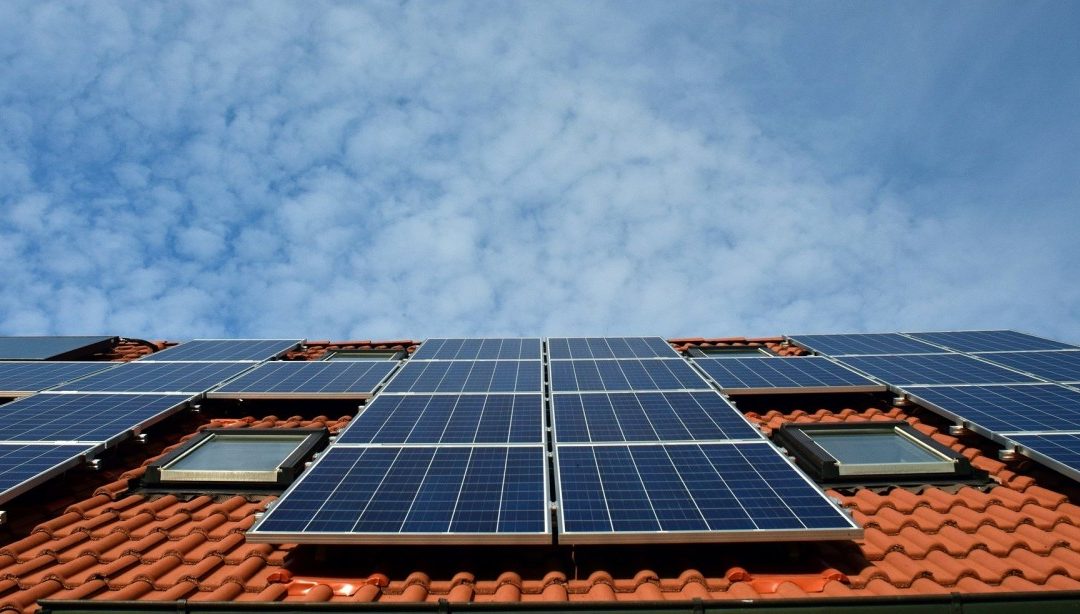
Over €1.4 billion in zero-emission vehicles and the Conto Termico 3.0 (Thermal Account) program. Minister Pichetto: “Concrete support for cleaner cities and more efficient buildings.”

The CJEU’s decision (C‑461/24) upholds Galicia’s environmental permitting framework and lifts the judicial freeze on nearly 100 wind farms, a critical step towards meeting PNIEC targets and attracting investment into the sector.

Energy services associations from both countries invite companies to share 2024 data on efficiency and renewables. Submissions are open until September 5.

The ICSID has rejected Spain’s request to annul the award ordering it to pay more than USD 106 million to Japan’s Eurus Energy, affected by the withdrawal of wind energy subsidies.

Castilla-La Mancha was the most chosen location, with 1,924 MW submitted, while Zelestra led the ranking of developers thanks to the REINA mega-project totalling 887 MW.
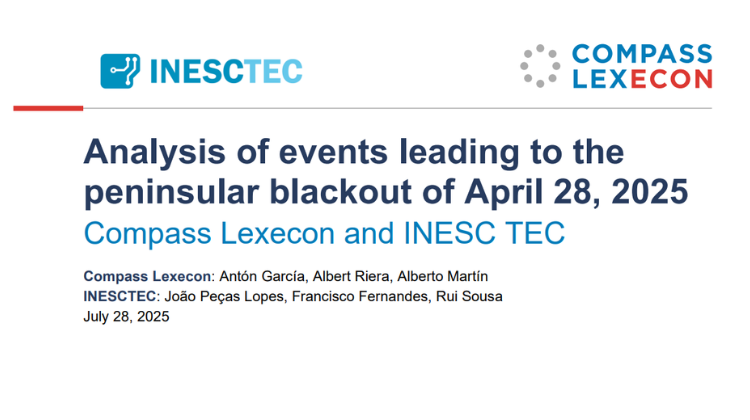
The updated document commissioned by aelėc indicates that the Spanish electricity system was operating on 28 April with only 60% of the usual margin to absorb reactive power. In Andalusia, the available capacity was just 7.5% of its potential.
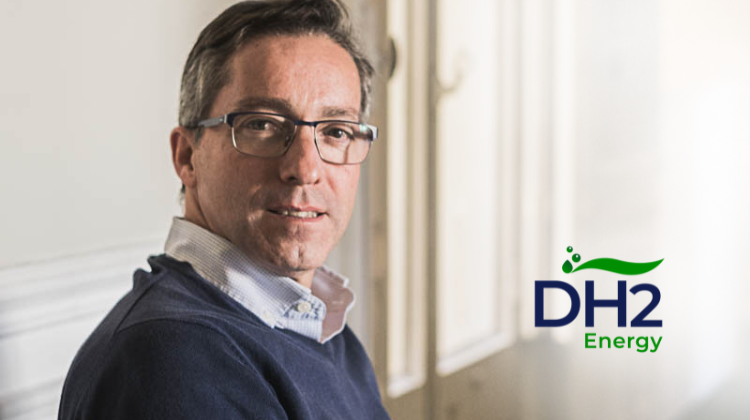
The green hydrogen project was one of the winners of the European Hydrogen Bank’s first auction and, although others have withdrawn, its technical features allow it to continue.

France will support three 500MW floating offshore wind farms with a €11bn scheme using CfDs, promoting 2030 targets, supply chain diversification, and safeguards against overcompensation to reduce reliance on Chinese components and accelerate the clean energy transition.
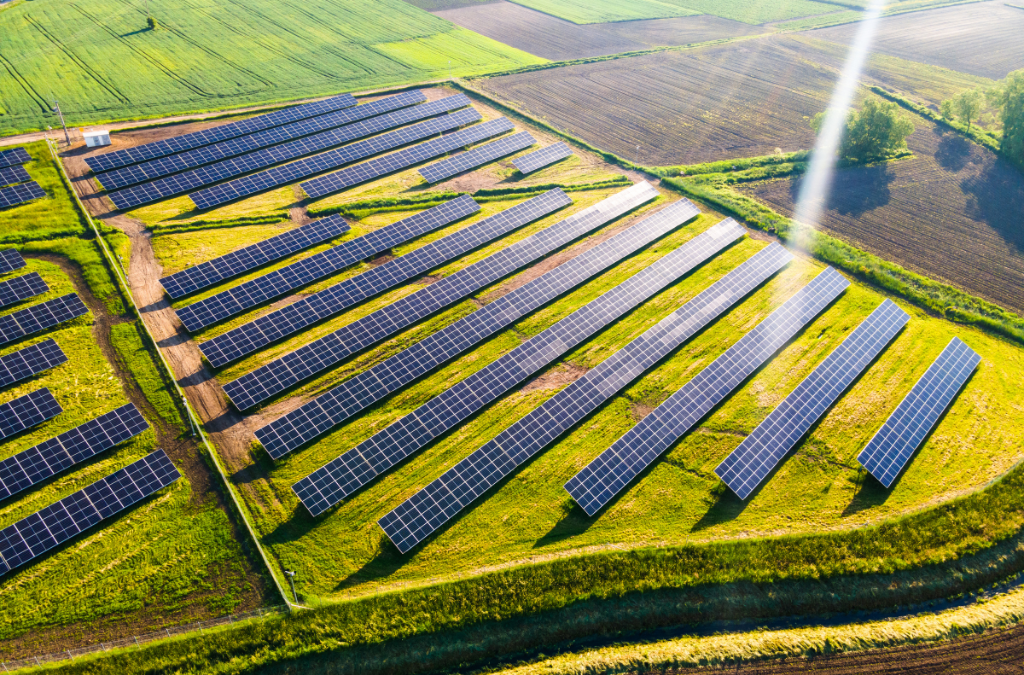
The RENOINN program also subsidizes project developments with floating photovoltaic storage and collective self-consumption with the participation of vulnerable consumers. Catalonia, the Valencian Community, Castile and León, and Andalusia account for the largest number of proposals receiving aid.

There are already 679 energy communities in Spain, and Toledo has one of the best examples: the “Casco Histórico Ciudad de Toledo” Energy Community.

The new agreement brings Burger King®’s total contracted solar capacity in Spain to 109 MW. Iberdrola has now signed 865 MW in PPAs during 2025, cementing its leadership in corporate renewable energy agreements.

The Greco and Baro wind farms will supply competitively priced energy to the Ferroatlántica Group’s silicon metal production plant in Sabón (A Coruña).

The European Court of Justice has validated the Xunta de Galicia’s environmental assessment procedure and clarified doubts regarding public participation in renewable energy projects. The ruling could unlock investments worth over €3 billion in the region.

The Wind Energy Business Association (AEE), representing the Spanish wind energy sector, highly welcomes the ruling of the Court of Justice of the European Union (CJEU) announced today, which supports the legality of the procedures followed in Galicia to authorize wind energy projects. The wind energy sector urges that the necessary measures be adopted responsibly and diligently by the institutions to allow the stalled projects to resume their progress.

Promotes the incorporation of storage in existing renewable energy production facilities. Facilitates the development of industrial projects by establishing the expiration of access and connection permits after five years. Accelerates the implementation of new demands, such as charging points, by setting response deadlines for distribution companies

Vestas will supply 46 MW in turbines for the repowering of the Somozas wind farm in Galicia, in collaboration with Naturgy, reaffirming the region’s strategic role in renewables and the advancement of wind modernisation in Spain.

The batteries under construction in the Alcoutim (60.5 MWh / 120.4 MWh) and Manzanares (13.4 MW / 26.8 MWh) clusters will be added to the 5 MW / 20 MWh already operational in Alcoutim from early 2025. The entry into operation of Galp’s two solar farms in Toledo and Ahín y Almaraz (Spain), with a combined capacity of 115 MW, brings its solar energy production total to 1.7 GW.

The PORT-EOLMAR program strengthens logistics capabilities and the value chain for the manufacturing and assembly of large-scale equipment. Actions must be linked to projects with investments that equal or exceed the aid, to provide solutions to the marine renewable energy value chain and strengthen national and European autonomy.

The company has completed a €564.2 million investment in Red Eléctrica, €517 million of which has been allocated to the execution of network projects that are strategic for the country’s industrial development.

Spain’s storage landscape is diversifying with BESS and pumped hydro projects across multiple regions, led by major utilities and new market entrants, and a connection pipeline that signals an accelerated rollout towards PNIEC targets.

The European Commission has approved France’s plan to develop three floating offshore wind farms that will add 1.5 GW, diversify the supply chain, support the EU’s 2030 renewable target and supply power to 450,000 French households.

Over €1.4 billion in zero-emission vehicles and the Conto Termico 3.0 (Thermal Account) program. Minister Pichetto: “Concrete support for cleaner cities and more efficient buildings.”

The CJEU’s decision (C‑461/24) upholds Galicia’s environmental permitting framework and lifts the judicial freeze on nearly 100 wind farms, a critical step towards meeting PNIEC targets and attracting investment into the sector.

Energy services associations from both countries invite companies to share 2024 data on efficiency and renewables. Submissions are open until September 5.

The ICSID has rejected Spain’s request to annul the award ordering it to pay more than USD 106 million to Japan’s Eurus Energy, affected by the withdrawal of wind energy subsidies.

Castilla-La Mancha was the most chosen location, with 1,924 MW submitted, while Zelestra led the ranking of developers thanks to the REINA mega-project totalling 887 MW.

The updated document commissioned by aelėc indicates that the Spanish electricity system was operating on 28 April with only 60% of the usual margin to absorb reactive power. In Andalusia, the available capacity was just 7.5% of its potential.

The green hydrogen project was one of the winners of the European Hydrogen Bank’s first auction and, although others have withdrawn, its technical features allow it to continue.

France will support three 500MW floating offshore wind farms with a €11bn scheme using CfDs, promoting 2030 targets, supply chain diversification, and safeguards against overcompensation to reduce reliance on Chinese components and accelerate the clean energy transition.

The RENOINN program also subsidizes project developments with floating photovoltaic storage and collective self-consumption with the participation of vulnerable consumers. Catalonia, the Valencian Community, Castile and León, and Andalusia account for the largest number of proposals receiving aid.

There are already 679 energy communities in Spain, and Toledo has one of the best examples: the “Casco Histórico Ciudad de Toledo” Energy Community.

The new agreement brings Burger King®’s total contracted solar capacity in Spain to 109 MW. Iberdrola has now signed 865 MW in PPAs during 2025, cementing its leadership in corporate renewable energy agreements.

The Greco and Baro wind farms will supply competitively priced energy to the Ferroatlántica Group’s silicon metal production plant in Sabón (A Coruña).

The European Court of Justice has validated the Xunta de Galicia’s environmental assessment procedure and clarified doubts regarding public participation in renewable energy projects. The ruling could unlock investments worth over €3 billion in the region.

The Wind Energy Business Association (AEE), representing the Spanish wind energy sector, highly welcomes the ruling of the Court of Justice of the European Union (CJEU) announced today, which supports the legality of the procedures followed in Galicia to authorize wind energy projects. The wind energy sector urges that the necessary measures be adopted responsibly and diligently by the institutions to allow the stalled projects to resume their progress.

Promotes the incorporation of storage in existing renewable energy production facilities. Facilitates the development of industrial projects by establishing the expiration of access and connection permits after five years. Accelerates the implementation of new demands, such as charging points, by setting response deadlines for distribution companies

Vestas will supply 46 MW in turbines for the repowering of the Somozas wind farm in Galicia, in collaboration with Naturgy, reaffirming the region’s strategic role in renewables and the advancement of wind modernisation in Spain.

The batteries under construction in the Alcoutim (60.5 MWh / 120.4 MWh) and Manzanares (13.4 MW / 26.8 MWh) clusters will be added to the 5 MW / 20 MWh already operational in Alcoutim from early 2025. The entry into operation of Galp’s two solar farms in Toledo and Ahín y Almaraz (Spain), with a combined capacity of 115 MW, brings its solar energy production total to 1.7 GW.

The PORT-EOLMAR program strengthens logistics capabilities and the value chain for the manufacturing and assembly of large-scale equipment. Actions must be linked to projects with investments that equal or exceed the aid, to provide solutions to the marine renewable energy value chain and strengthen national and European autonomy.

The company has completed a €564.2 million investment in Red Eléctrica, €517 million of which has been allocated to the execution of network projects that are strategic for the country’s industrial development.
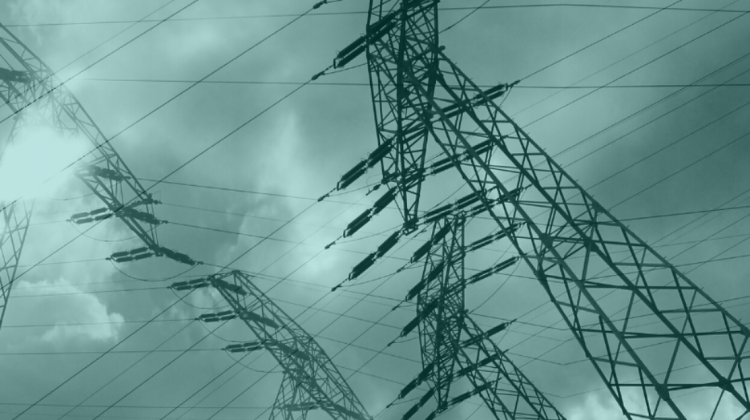
Red Eléctrica confirmó la fecha de subasta del Servicio de Respuesta Activa de la Demanda (SRAD) para el 28 de noviembre, pero los cambios en los horarios y la falta de definiciones técnicas despiertan inquietud entre los agentes.

Red Eléctrica confirmed the auction date for the Active Demand Response Service (SRAD) for November 28, but changes in schedules and the lack of technical definitions are causing concern among stakeholders.
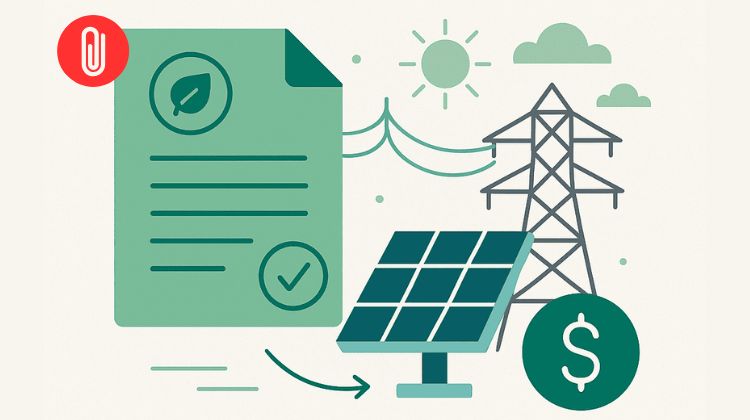
Today the BOE shares the new Order TED/1252/2025 which eliminates restrictions on the export of guarantees of origin and adjusts the calculation of remuneration for investment in biomass, giving more liquidity and predictability to plants under the specific remuneration scheme.






